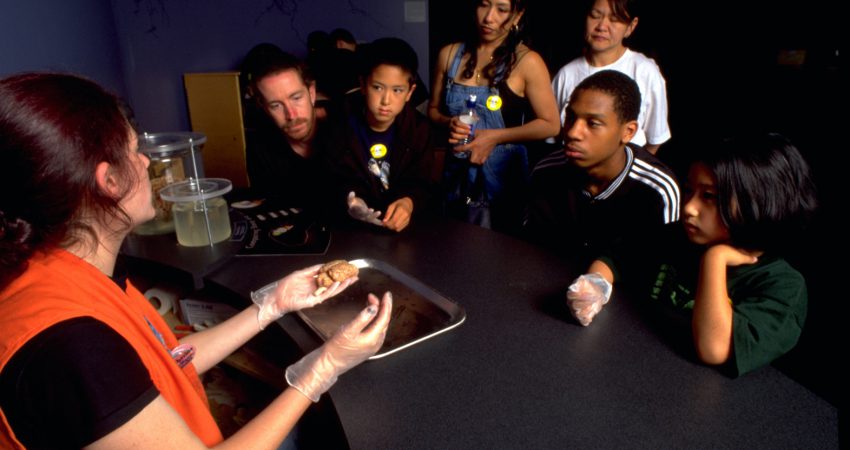
By Heather King - December 2014
PAPER CITATION
Feinstein, N. W., & Meshoulam, D. (2013). Science for what public? Addressing equity in American science museums and science centers. Journal of Research in Science Teaching, 51(3), 368–394. doi:10.1002/tea.21130
Feinstein and Meshoulam’s study examines the nature of equity work in museums and science centres across the U.S. The authors conducted hour-long telephone interviews with 15 administrative leaders and 17 programme leaders from 15 informal science organizations, including two children’s museums. The interviews, which were conducted between January and August 2009, concerned the organisations’ conceptualisations of equity, their history and context, and their equity-related programmes and practices.
Findings
Feinstein and Meshoulam identify a key difference in descriptions of equity work. Some staff appeared to present themselves as separate from, but working to serve, their diverse communities. By contrast, others saw themselves as belonging to their communities. Feinstein and Meshoulam call the first perspective client logic and the second cooperative logic. They describe how staff applying cooperative logic found ways to blur boundaries and view community members as coauthors in the development of exhibits and programs.
For example, an organisation using client logic might respond to the absence of underrepresented visitor groups by attempting to lower financial or logistical barriers—implicitly locating the problem with the absent visitor, who needs help to attend. A cooperative perspective would acknowledge that the organisation’s programmes and practices might be unwelcoming or unappealing to its community and therefore seek solutions in collaboration with community stakeholders.
In a second example, employing young people as docents or explainers may look like an instance of cooperative logic: The young people represent their community and benefit from training opportunities. However, unless these youth are invited to participate in the design of programmes and exhibits, they are merely fulfilling a prescribed role as users of a museum-led programme. The underlying client logic is revealed.
Implications for Practice
The authors note that no single organisation in their research sample applied one approach exclusively. Furthermore, they argue that both approaches can facilitate valuable equity work. Cooperative approaches are probably superior when responding to dynamic community needs, but they require considerable time and resources, as well as changes in practice that can be difficult to maintain. Client logic approaches may offer more efficient solutions to well-known and deeply entrenched problems. Though they may overlook the perspectives of community members, they do allow an organisation to represent its own unique perspective, thus enabling it to challenge convention and push boundaries.
The study can help informal science organizations consider alternative ways to think about how to expand participation. Indeed, as Feinstein and Meshoulam conclude, the question is not which logic to use, but how best to apply both logics to respond to the challenges of equity.




